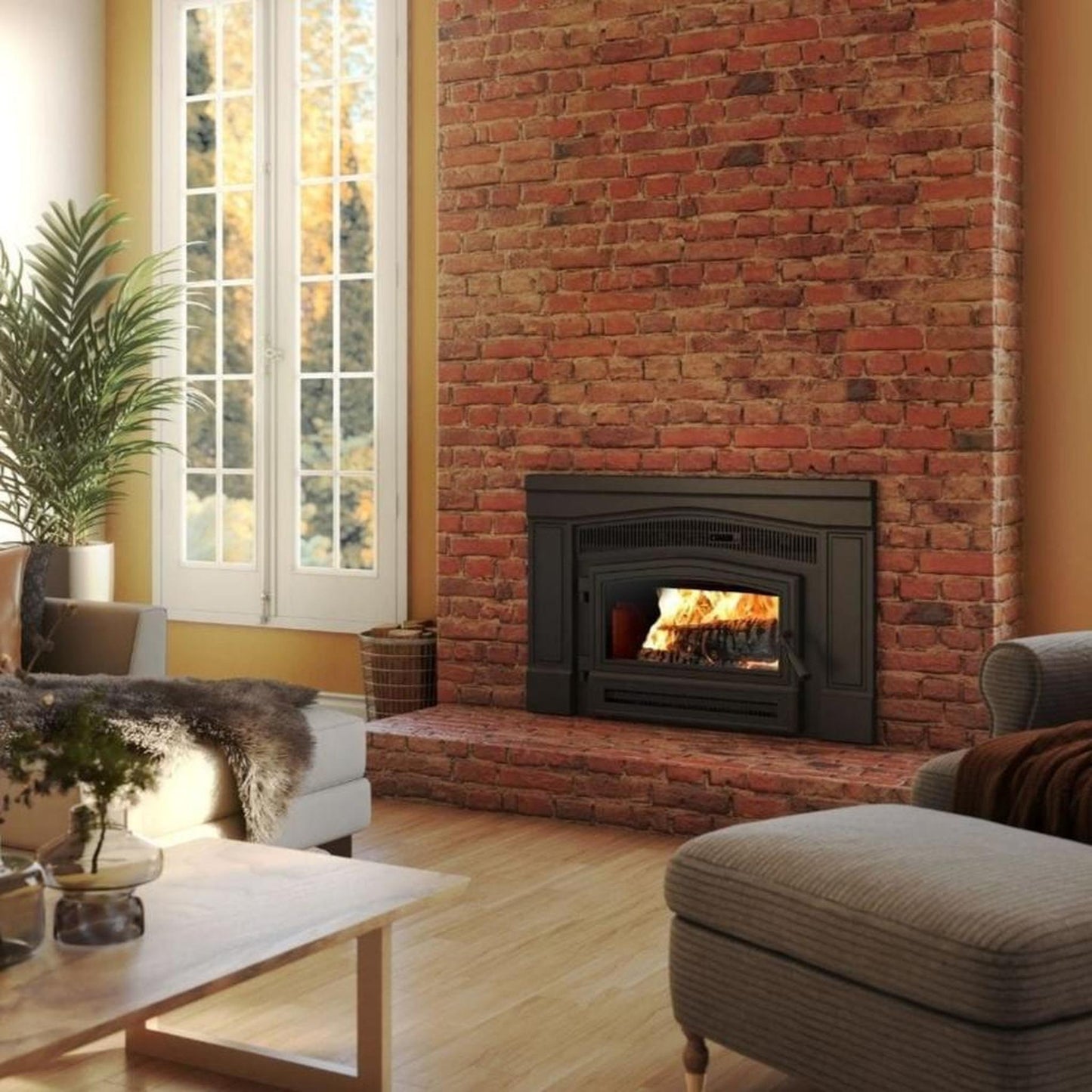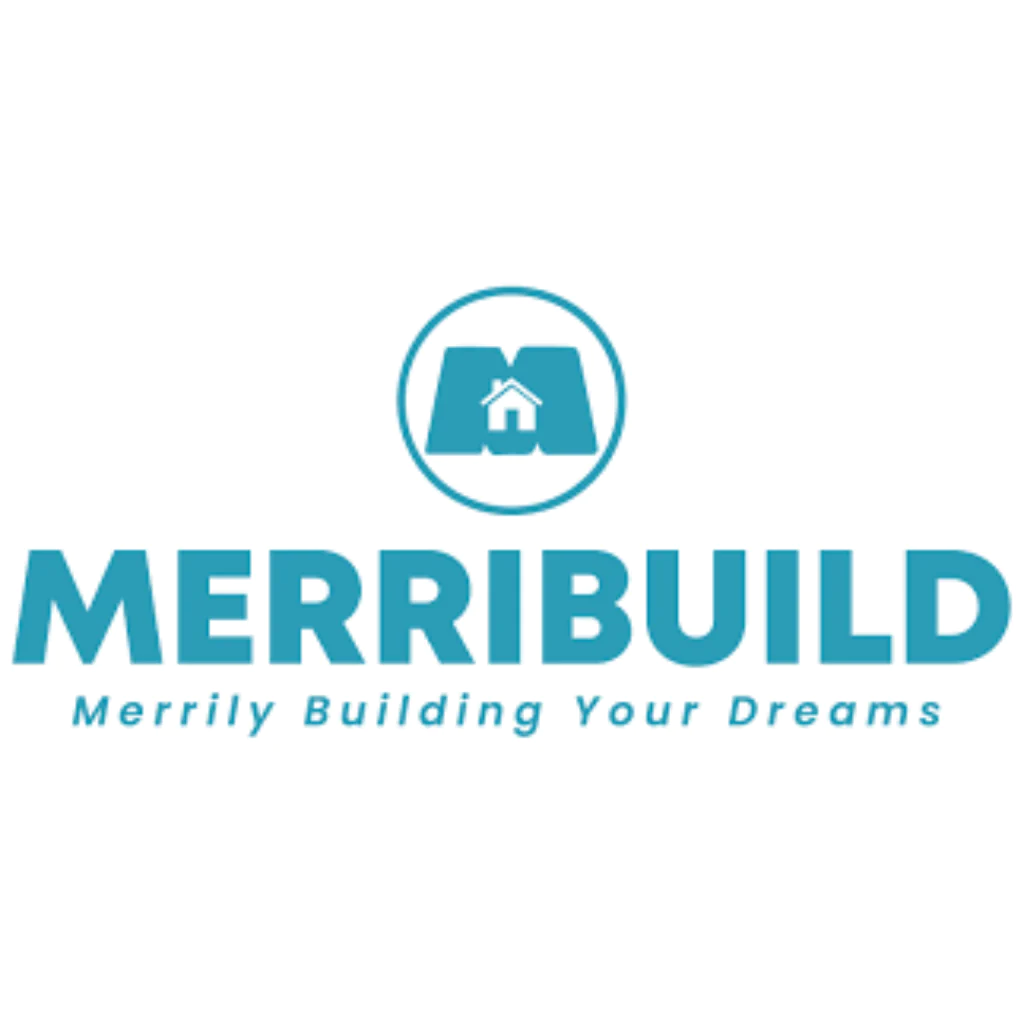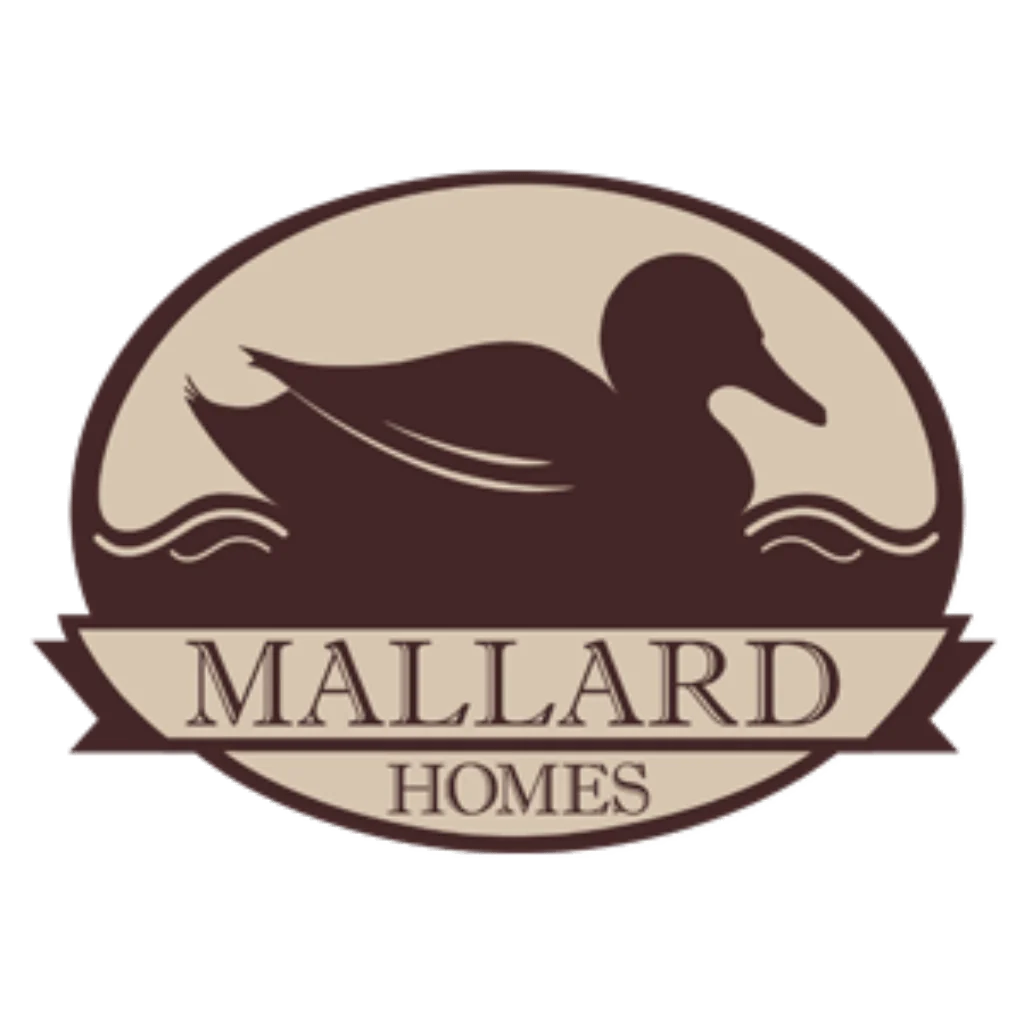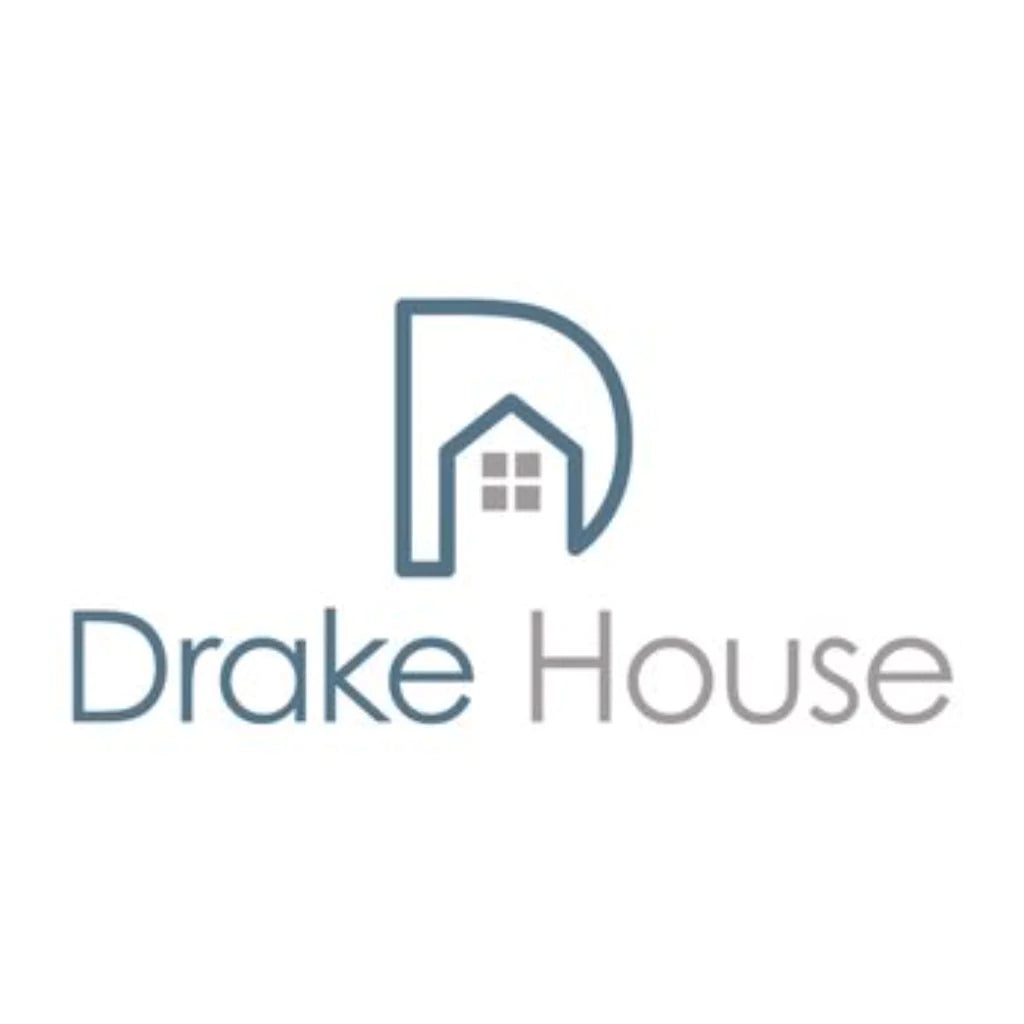SKU:OB01900+OA10041
Osburn Matrix 1900 Wood Insert With Black Door Overlay
Osburn Matrix 1900 Wood Insert With Black Door Overlay
Options/Accessories
Couldn't load pickup availability
- Free Shipping on Orders Over $400
- Same-Day Order Processing
- Easy Monthly Installments Starting at 0% APR*
• Text or call 888-992-1556
• Email support@usfireplacestore.com
• Start a live chat
Our team is available to serve you 8:00 AM - 11:59 PM ET, 7 days a week.
Treat your family to incomparable comfort with the Matrix 1900 wood-burning insert. Its magnificent cast-iron faceplate is adorned with a patterned upper louver and columns that frame its large door. Its discreet black wooden handle, air control with removable handle as well as flush mount blower disappear to leave room for the delicate details of its faceplate. Its large glass surface highlights a panoramic view of the flames to fully enjoy your moments near the fire.
The Matrix 1900 is a compact unit that has a tapered top and sides for easy installation in smaller hearths. The deep bottom of its combustion chamber allows ash to accumulate and reduces the frequency of cleaning.
What's Included
- 1900 Wood Insert Assembly
- Door Overlay (Required)
Not Included
- Liner Kit
- Air Intake Kit
- Damper
- Faceplate
Features
- Construction & Durability: Made from black metallic carbon steel, providing long-term durability
- Heat Distribution: Equipped with heavy-duty ceramic bricks for even heat distribution
- Combustion Efficiency: Features a unique vacuum design for efficient combustion, reducing creosote build-up on the glass
- Secondary Air System: Creates a second combustion zone to enhance fuel efficiency and cleaner burning
- Glass Door: Comes with a large, single glass door (18" x 8.125") with a cast iron frame
- Fuel Type: Uses dry cordwood with a recommended maximum log length of 17 inches
Specifications
| Combustion Technology | Non-catalytic |
| High-efficiency Certified Appliance | Yes, EPA 2020 approved |
| Maximum Log Length | 17" |
| Log Positioning | Loading Over Width |
| Chimney Diameter | 6" |
| Flue Outlet Diameter | 6" |
| Type of Chimney | Liner - ULC-S635, CAN/ULC-S640, UL1777 |
| Minimum Chimney Height (feet) | 12ft |
| Baffle Type | C-Cast or equivalent |
| Approved for a Mobile Home Installation | No |
| Shipping Weight | 332 lb (151 kg) |
| Door Type | Single, Glass With Cast Iron Frame |
| Glass Type | Ceramic Glass |
| Glass Surface – Dimensions (Width X Height) | 18" X 8 1/8" |
| Glass Air-Wash System | Yes |
| Premium Quality Blower Included (CFM) | 90 |
| Overall Dimension (Height) | 23.875" |
| Overall Dimension (Width) | 36" |
| Overall Dimension (Depth) | 21" |
| Door Opening – Dimension (Height) | 7 7/8" |
| Door Opening - Dimension (Width) | 18 1/4" |
| Firebox – Dimension (Height) | 8 7/8" |
| Firebox – Dimension (Width) | 16 3/4" |
| Firebox – Dimension (Depth) | 12 3/8" |
| Molded Refractory Bricks | Yes |
| Stainless-Steel Secondary-Air System Improving Gas Combustion | Yes |
| Steel Thickness – Body | 3/16" |
| Steel Thickness – Top | 3/16" |
| Fireplace Opening – Minimum (Height) | 19" |
| Fireplace Opening – Minimum (Width) | 25" |
| Fireplace Opening – Minimum (Depth) | 15 1/2" |
| USA Standard (Emissions) | EPA |
| Canadian Standard (Emissions) | CSA B415.1-10 |
| USA Standard (Safety) | UL 1482, UL 737 |
| Canadian Standard (Safety) | ULC S628 |
| Tested and Listed as per Applicable Standards | By an accredited laboratory (CAN/USA) |
Appliance Performance
| Fuel Type | Dry cordwood (16" recommended) | |
| Recommended Heating area-ft² | 250 - 1,200 | |
| Overall Firebox Volume-ft³ | 1.1 | |
| EPA Loading Volume-ft³ | 1.03 | |
| Maximum Burn Time | 7 h | |
| Maximum Heat Output-Dry Cordwood | 45,000 BTU/h (13.19 kW) | |
| Overall Heat Output Rate < | 8,471 BTU/h (2.48 kW) to 31,700 BTU/h (9.29 kW) | |
| Average Overall Efficiency (Dry Cordwood) | 75 % (HHV) | 80 % (LHV) |
| Optimum Overall Efficiency | 82 % | |
| Optimum Heat Transfer Efficiency | 78 % | |
| Average Particulate Emissions Rate | 1.5 g/h | |
| Average CO | 34 g/h | |
Technical Drawings & Dimensions


Warranty

The warranty of the manufacturer extends only to the original retail purchaser and is not transferable. This warranty covers brand-new products only, which have not been altered, modified, or repaired since shipment from the factory. Proof of purchase (dated bill of sale), model name, and serial number must be supplied when making any warranty claim to your OSBURN dealer. This warranty applies to normal residential use only. This warranty is void if the unit is used to burn material other than cordwood (for which the unit is not certified by EPA) and void if not operated according to the owner's manual. Damages caused by misuse, abuse, improper installation, lack of maintenance, overfiring, negligence or accident during transportation, power failures, downdrafts, venting problems, or under-estimated heating areas are not covered by this warranty. The recommended heated area for a given appliance is defined by the manufacturer as its capacity to maintain a minimum acceptable temperature in the designated area in case of a power failure.
This warranty does not cover any scratch, corrosion, distortion, or discoloration. Any defect or damage caused by the use of unauthorized or other than original parts voids this warranty. An authorized qualified technician must perform the installation in accordance with the instructions supplied with this product and all local and national building codes. Any service call related to an improper installation is not covered by this warranty.
Click to see Complete Warranty Details
The manufacturer may require that defective products be returned or that digital pictures be provided to support the claim. Returned products are to be shipped prepaid to the manufacturer for investigation. Transportation fees to ship the product back to the purchaser will be paid by the manufacturer. Repair work covered by the warranty, executed at the purchaser's domicile by an authorized qualified technician requires the prior approval of the manufacturer. All parts and labour costs covered by this warranty are limited according to the table below.
The manufacturer, at its discretion, may decide to repair or replace any part or unit after inspection and investigation of the defect. The manufacturer may, at its discretion, fully discharge all obligations with respect to this warranty by refunding the wholesale price of any warranted but defective parts. The manufacturer shall, in no event, be responsible for any uncommon, indirect, consequential damages of any nature, which are in excess of the original purchase price of the product. A one-time replacement limit applies to all parts benefiting from lifetime coverage. This warranty applies to products purchased after June 1st, 2015.
| DESCRIPTION | PARTS | LABOUR |
|---|---|---|
| Combustion chamber (welds only) and cast iron door frame | Lifetime*** | 5 years |
| Ceramic glass**, plating (manufacturing defect**), and convector air-mate | Lifetime*** | N/A |
| Surrounds, heat shields, ash drawer, steel legs, pedestal, trims (aluminum extrusions), vermiculite, C-Cast or equivalent baffle**, secondary air tubes**, removable stainless steel combustion chamber, deflectors, and supports | 7 years*** | N/A |
| Handle assembly, glass retainers, and air control mechanism | 5 years | 3 years |
| Removable carbon steel combustion chamber components | 5 years | N/A |
| Standard and optional blower, heat sensors, switches, rheostat, wiring, and electronics | 2 years | 1 year |
| Paint (peeling**), gaskets, insulation, ceramic fiber blankets, refractory bricks (fireplace only***), and other options | 1 year | N/A |
| All parts replaced under the warranty | 90 days | N/A |
*Subject to limitations above **Picture required ***Limited to one replacement
Additional Information:
Labour cost and repair work to the account of the manufacturer are based on a predetermined rate schedule and must not exceed the wholesale price of the replacement part.
Shall your unit or a component be defective, contact immediately your OSBURN dealer. To accelerate processing of your warranty claim, make sure to have on hand the following information when calling:
- Your name, address, and telephone number
- Bill of sale and dealer's name
- Installation configuration
- Serial number and model name as indicated on the nameplate fixed to the back of your unit
- Date of purchase
- Nature of the defect and any relevant information
Before shipping your unit or defective component to our plant, you must obtain an Authorization Number from your OSBURN dealer. Any merchandise shipped to our plant without authorization will be refused automatically and returned to sender.
Documents & Files

- Reviews
- Questions

What our customers are saying...
-

Researched and ordered my fireplace from US FIreplace Store. Pricing was a fair value however, the customer service was EXCELLENT! I had an issue with the direct vent venting. I called US Fireplace and the correct items were sent out the next day AND Janessa stayed on top of my return authorization and sent me the permissions and documents I needed to return the incorrect item and no cost to me, including return shipping. Overall, I am a very satisfied customer and my fireplace looks and operates flawlessly. I am glad that I selected US FIreplace to source my direct vent fireplace. Thank you for the great service.
Clay
Monteagle, TN
-

I had placed an order, through Lowe's Home Improvement, for an Electric Firebox: Revillusion RBF42. Ordered 1st part of January. Was told I would have it in 3 weeks. When checking to see is it came in, was told it was delayed to 3/15. Was then told is was delayed until 4/25. Waited until 4/27 to check on it. Was then told it was now delayed until August. This firebox was going in a new Sun Room addition. I could not get my final inspection until the Firebox was installed. I went on line and googled for this same product. US Fireplace Store web site was given to me. This was on a Saturday. I call and reached a very nice man. Explain what I was look for. He checked and told me they had 30 of them in stock. I almost fell out of my chair. I clarified with him the product I was wanting. I ask how soon could I get it. He told me it would ship today. Again, was amazed. It arrived on the following Monday. What a pleasure and a relief working with US Fireplace Store and their employees. Exceed my expectations.
Thomas W.
Fort Mill, SC
-

Great prices, quick delivery and fast hassle free services on the issue I encountered. I had purchased an electric fireplace unit that would not fit into the existing fireplace space. With one email I was able to get the wrong fireplace refunded and picked up at my home at no extra cost and the new one I purchased and delivered free of charge. Great company.
John P.
Denvers, MA
Chosen by over 25,000 households, builders, and businesses
Why US Fireplace Store
-
100,000+ Products
America's largest selection of hearth & heating products. Fireplaces, stoves, fire pits, heaters, log sets and more.
-
Easy Returns
Need to return the merchandise? We accept returns for 30 days from the date of delivery.
-
Live Chat Support
No chatbots. Speak with a human. Average response time is 48 seconds.
-
7 Days/Week Service
We're here to help on live chat, email & phone. 8:00 AM - 11:59 PM Eastern Time.
-
Pay Over Time
0% APR is available for 3 and 12- month financing.* See if you prequalify today.
-
Staff Picks
Check out the Staff Picks collection. See the top products selected by our team.

















